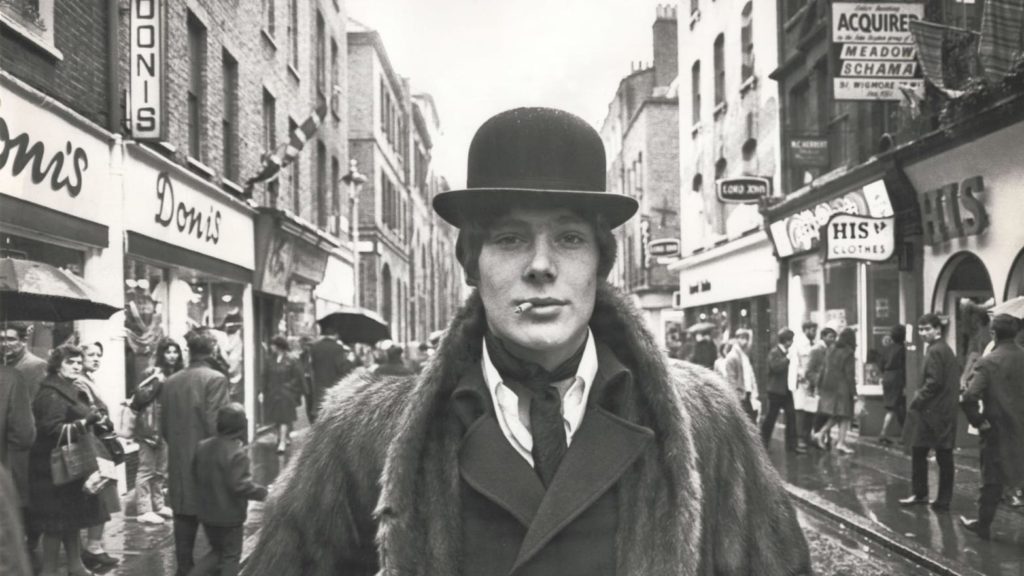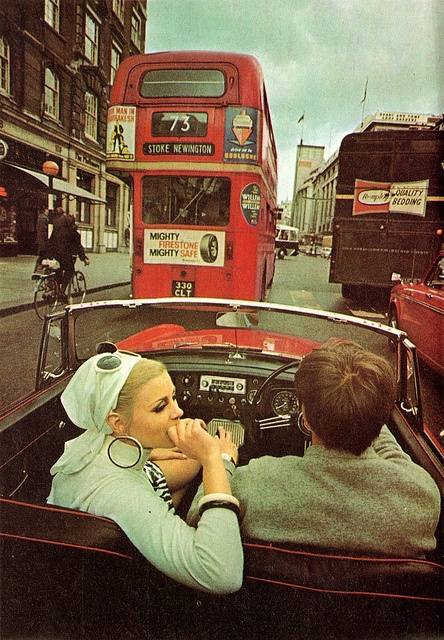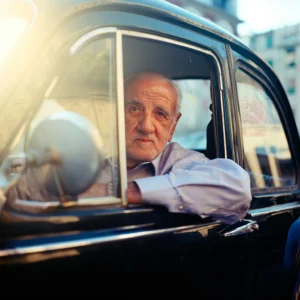London, England In The 1960’s

The London of the 1960s exuded a tranquil vibe. It appeared to offer a notably lower level of stress and anxiety, with fewer information signals saturating the atmosphere, allowing for uncluttered and more lucid thoughts.
Certainly, the 1960s in London were indeed a distinctive era with a unique cultural atmosphere that many people describe as more relaxed and mellow compared to today’s fast-paced world. Let’s explore some aspects that contributed to this perception of a lower level of anxiety and a sense of clarity in that decade.
Cultural Revolution: The 1960s were a time of cultural upheaval and change. The “Swinging Sixties” in London was marked by a cultural revolution that celebrated creativity, freedom of expression, and individuality. This cultural shift led to a more relaxed atmosphere, where people were encouraged to break away from conventions.

Music and Art: The 1960s were a golden age for music and art. Iconic bands like The Beatles and The Rolling Stones emerged during this time, contributing to a sense of cultural freedom and expression. Artistic movements like Pop Art and the psychedelic art scene flourished, reflecting a more colorful and open-minded society.
Fashion: The fashion of the 1960s was distinctive and unconventional. The emergence of the miniskirt, vibrant colors, and bold patterns signaled a shift towards youthful and carefree styles. This new approach to fashion encouraged people to be more expressive in their clothing choices.
Counterculture Movements: The 1960s saw the rise of various counterculture movements, including the anti-war movement and the civil rights movement. These movements fostered a sense of social responsibility and activism, and while they were born out of serious concerns, they also encouraged a shared sense of purpose.
Information and Technology: While the 1960s may seem less cluttered with information compared to today’s world of constant digital communication, this period marked the beginning of significant technological advancements. The first computer networks and the precursor to the internet were being developed, setting the stage for the digital age.
Simpler Lifestyles: The pace of life in the 1960s was generally slower compared to today. People were less connected to electronic devices and social media, leading to more face-to-face interactions and, perhaps, a clearer focus on the present moment.

Social Interaction: The social scene in the 1960s often revolved around physical gatherings, concerts, and parties, fostering stronger personal connections. There was less reliance on virtual interactions and instant messaging, which can sometimes lead to heightened anxiety and information overload.
In the 1960s, London was, for many, a mellow and iconic era. It seemed like a time of genuine creativity, artistic freedom, and a unique atmosphere of experimentation. The relaxed fashion, music that still resonates today, and the counterculture movements all played a part in shaping this memorable period. It was a time when people embraced simplicity and face-to-face interactions, contrasting with our current world of constant digital connectivity. While the ’60s had its own challenges and anxieties, it remains a cultural touchstone, reminding us of the allure of a bygone era that many will always cherish.








